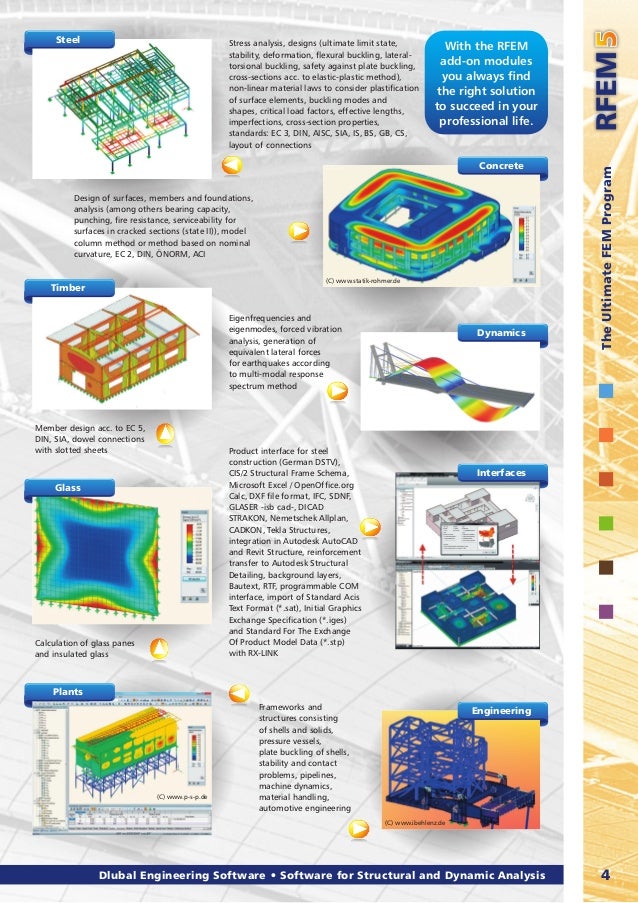


Furthermore, better agreement with the experimental data is reached for RMS acceleration by FE analysis rather than the method based on Eurocode 5. When comparing the results of the FE analysis, better agreement with the experimental data is reached for the fundamental frequency when 3D solid elements are used rather than 3D beam elements.

The numerical calculations based on the finite element (FE) method are done using 3D solid elements with orthotropic material parameters. For the analytical calculations, floor bending stiffness and vibrational response are determined from methods proposed in the current and revised versions of Eurocode 5. Focal points have been verification and validation of results from analytical and numerical calculations of vibration response based on experimental data. Vibration performance of a one-way simply supported timber-concrete composite (TCC) floor section has been studied using analytical as well as numerical methods.


 0 kommentar(er)
0 kommentar(er)
